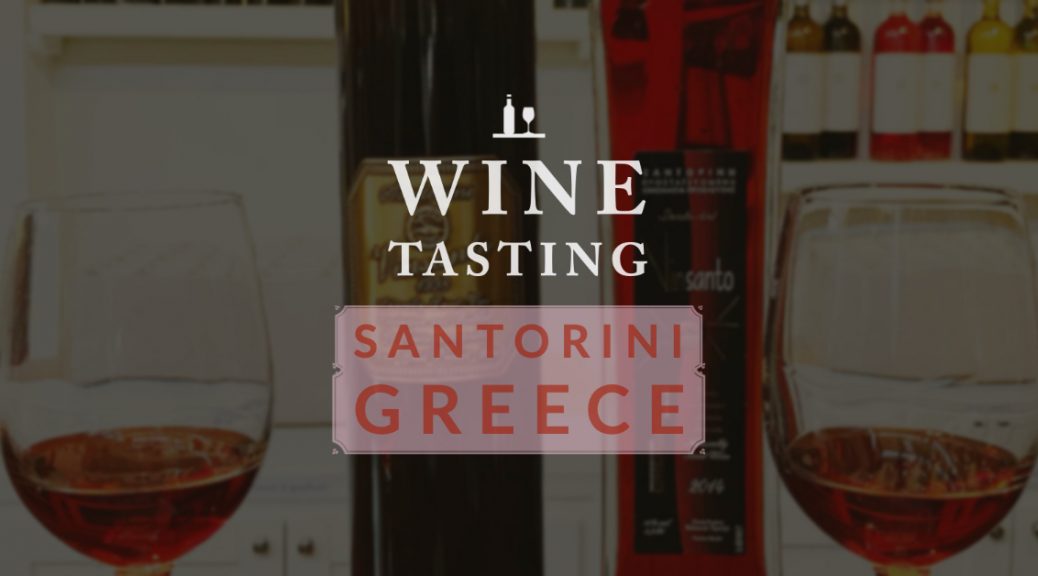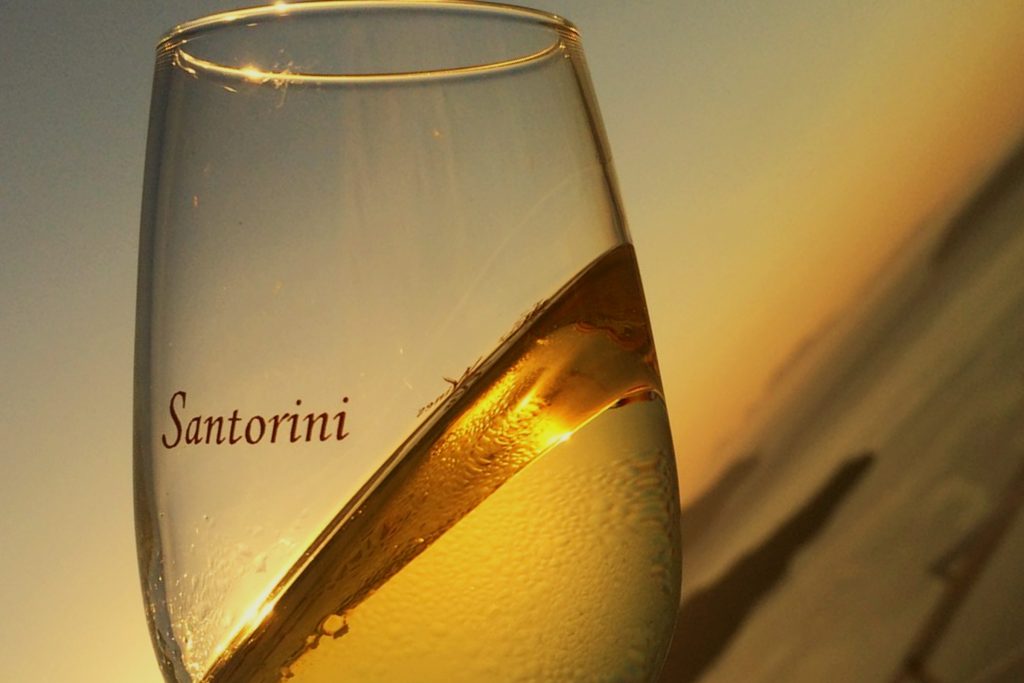
Best thing to do in Santorini – wine tasting
I was visiting some of the Cyclades islands in Greece to photograph Orthodox Easter, and happened to chance upon the fascinating viticulture scene in Santorini. The island is pretty small at 75 sq. kms, but the wine scene here is one of the most unique.
Santorini’s unique wine history
Santorini has had a long history of producing wine, dating all the way back to the Greek and Roman times. It’s Santorini’s volcanic soil and unique geographical location which makes the grapes growing here quite unique. The volcanic soil ensures that the usual pests stay away. This has helped preserve centuries-old roots over the years. Moreover, heavy winds and the low quality of soil has led to a unique style of growing grapes – where the vines are trained really low and in a round basket shape. This helps reduce the impact of the wind and the heat. Harvesting is still done completely by hand without using any machinery.

Harvesting is still done completely by hand – without using any machinery
Indigenous grapes and unique wines
There are three kind of indigenous grapes that are grown on the island: Assyritiko, Athiri and Aidani. Assyritiko variety is perhaps the most defining of all. The island primarily produces three kinds of main wines: Santorini, Nykteri and Vinsanto. Vinsanto, a part dessert wine, was the first distinctive variety from the island. I highly recommend going on a tasting tour at the wine museum, which is also a great way to learn about the history of wine making on the island. You can also try these wines at one of the many restaurants.
Visit the wine museum
The Koutsoyannopoulos wine museum is part of a family run winery, which was established in 1870. The museum is housed in a 300 meters long cave, 8 meters below the ground, and took the family more than 20 years to complete. The historical exhibits give an interesting perspective on how wine used to be made in this region. You can schedule tours or just drop-in for a tasting session.

Over the years, the amount of land available for wine making has constantly been on the decline. For now, a few family owned estates are carrying the heritage forward. I hope this beautiful island manages to strike a balance between mindless development, and keeping the wine making tradition alive.
- Wading through Oman’s incredible wadis - January 1, 2022
- 21 moments of gratitude from 21 countries I visited in 2021 - December 29, 2021
- Visit El Salvador for its sparkling lakes - July 3, 2021
- Where is Fogo Island, again? - April 11, 2021
- Discovering Zimbabwe’s Eastern Highlands - April 2, 2021